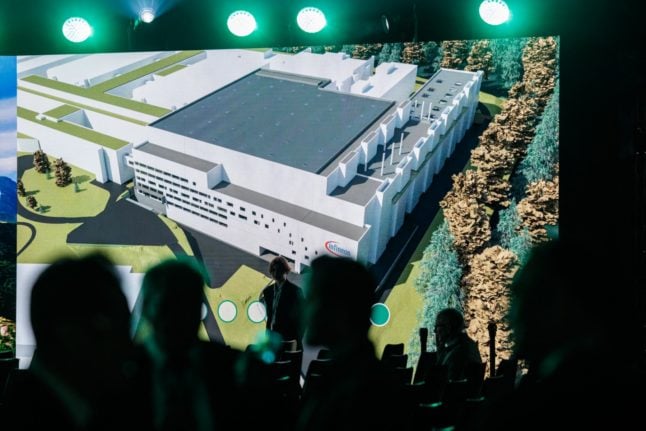Production was up 2.7 percent on the previous month, according to seasonally adjusted figures from the federal statistics agency Destatis, after rising by 1.1 percent in December.
It follows the publication a day earlier of figures showing incoming orders for industry had also risen by 1.8 percent.
The data showed how “the German economic rebound could have looked”, said Carsten Brzeski head of macro at the bank ING, as Europe’s largest economy looked to shake off the drag caused by widespread supply bottlenecks and coronavirus-related restrictions.
The two together caused the economy to shrink by 0.3 percent in the last three months of 2021.
But the Russian invasion of Ukraine at the end of February “has changed everything” for the economic outlook, Brzeski said.
With Germany’s high dependence on imports of Russian gas, the rise in energy prices caused by the conflict could “shave off one percentage point of
GDP growth this year”, Brzeski said.
READ ALSO: German industry still waiting on post-virus boom
The additional upheaval in supply chains “will weigh on industrial production”, too, he said, with the impact felt particularly hard by the flagship automotive sector, which has a significant network of suppliers in Ukraine.
The war would “slow” the rebound, with the strength of the impact “currently unclear”, the economy ministry said in a statement.
While the production figures in January were 1.8 percent above the same month last year, they still trailed the pre-pandemic level by three percent, according to Destatis.



 Please whitelist us to continue reading.
Please whitelist us to continue reading.
Member comments